Gay Pride Day is an annual celebration that takes place in honor of the LGBT+ movement and its struggles for equality. The first gay pride parade took place in New York in 1970, one year after the Stonewall riots.
Gay Pride Day is an opportunity to remember the history of the LGBT+ community and its fight for rights and equality. Although there have been some significant advances, much remains to be done. Education and awareness, legalizing marriage equality and building a supportive community are some of the ways we can continue to fight for LGBT+ equality around the world.
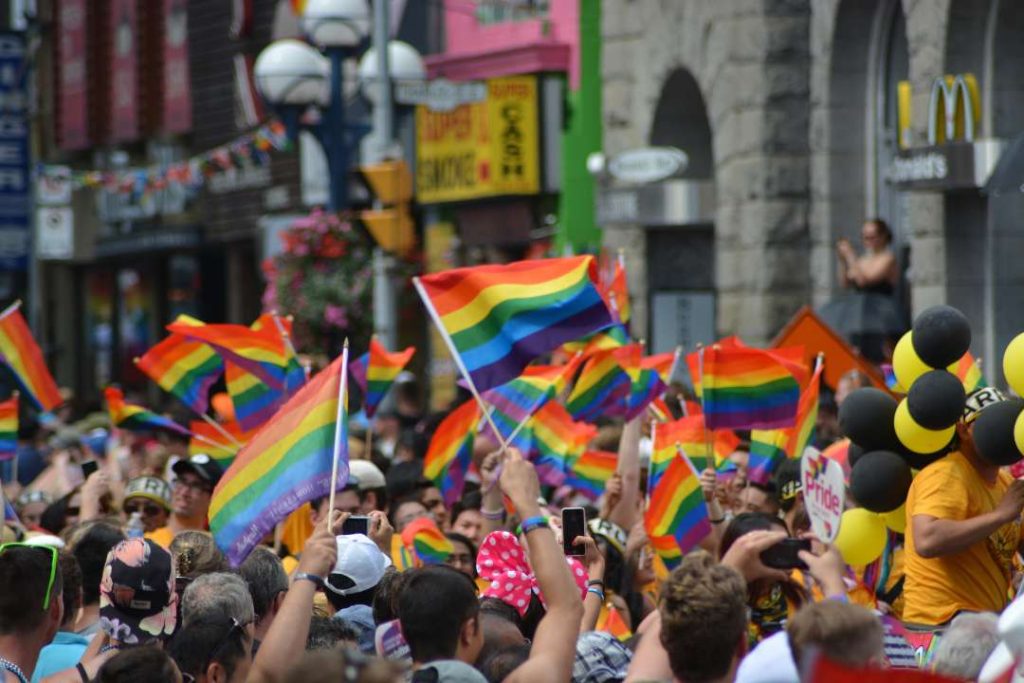
History of Gay Pride Day and its origin:
The history of Gay Pride Day dates back to 1969, when a group of LGBT+ people rebelled against discrimination and oppression in a bar called the Stonewall Inn in New York. The Stonewall riots, as they are known, lasted several days and marked the start of a broader movement for LGBT+ rights.
A year later, in 1970, the first gay pride parade was held on the streets of New York to commemorate the anniversary of the Stonewall riots. This event was organized by a group of LGBT+ activists and was seen as a way to make visible and claim the rights of the LGBT+ community.
Since then, Gay Pride Day has been celebrated in cities and countries around the world, being an opportunity to remember the history of the LGBT+ community and its fight for rights and equality. Although the way it is celebrated varies from place to place, it generally includes parades, cultural events, fairs, and activities to raise awareness for the LGBT+ community.
Gay Pride Day is celebrated around the world in the month of June, usually on the last weekend of the month, this day is celebrated to commemorate the birthday of the Stonewall riots. Although over the years it has become a joyful and colorful celebration, it should not be forgotten that its origin was a rebellion against oppression and discrimination, and that there is still much to be done to achieve real equality for LGBT+ people.
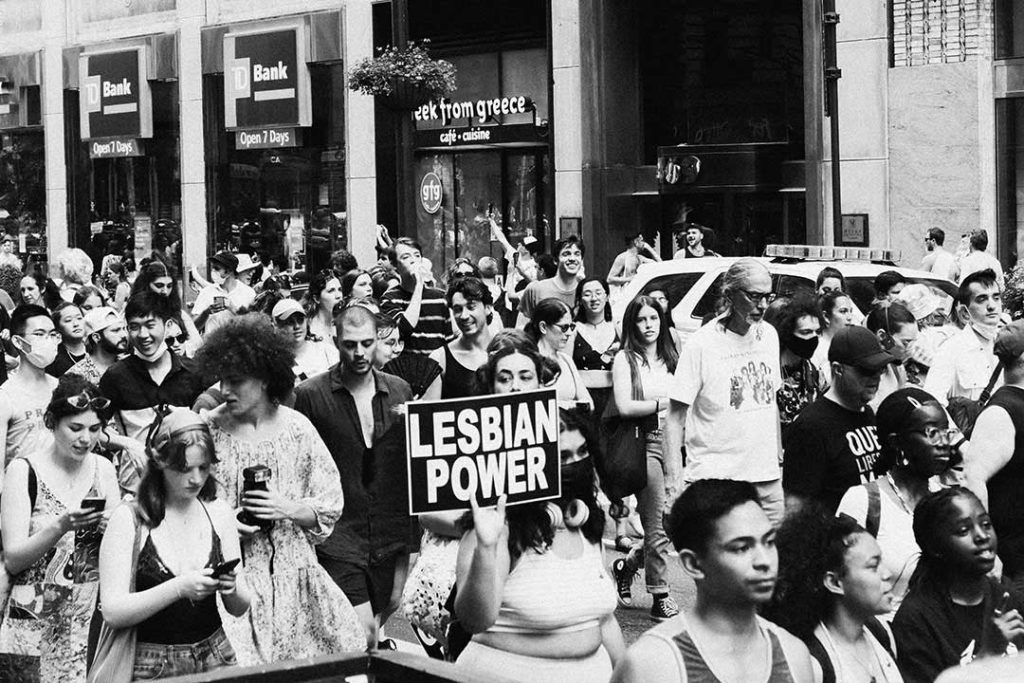
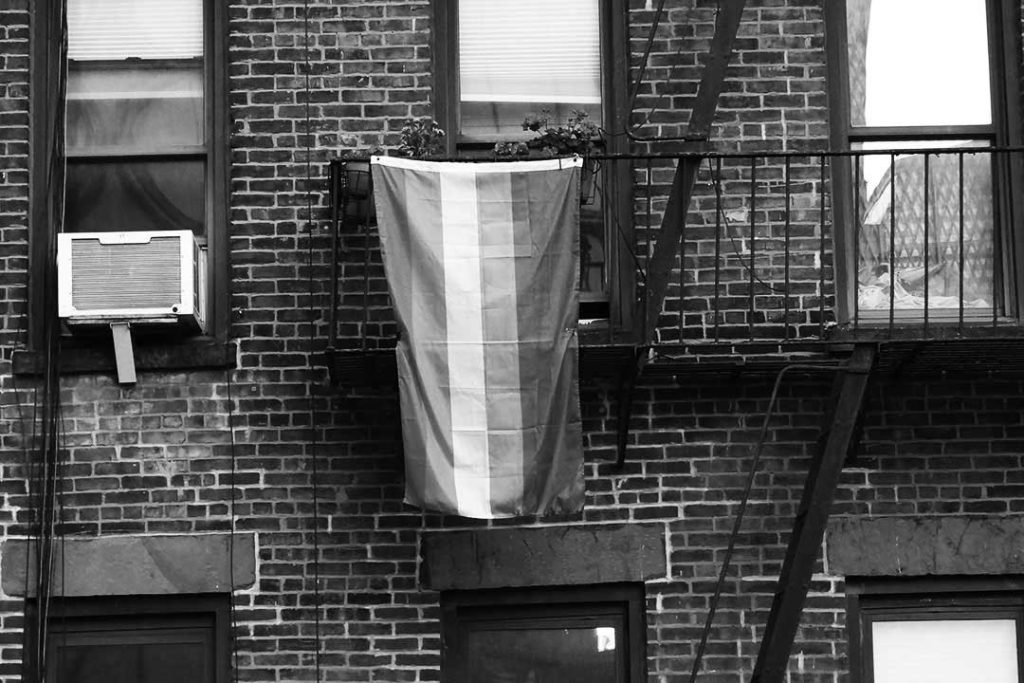
The fight for LGBT+ rights
The fight for LGBT+ rights has been long and difficult. Throughout history, LGBT+ people have faced discrimination, oppression, and violence around the world. In many countries, homosexuality has been considered a crime and LGBT+ people have been persecuted and punished for their sexual orientation.
Despite these challenges, LGBT+ people have fought for their rights throughout history. In the 1960s and 1970s, the LGBT+ movement became increasingly visible and active in the fight for equality.
Since then, there have been significant advances in the fight for LGBT+ rights. In many countries, laws criminalizing homosexuality have been removed and laws have been passed to protect LGBT+ people against discrimination in employment and housing. Same-sex marriage and adoption by same-sex couples have also been legalized.
However, there is still a long way to go to achieve true equality for LGBT+ people. In many countries, discrimination and violence against LGBT+ people remain a serious problem. Greater representation and visibility of LGBT+ people in the media and popular culture is also required to combat stereotypes and prejudices.
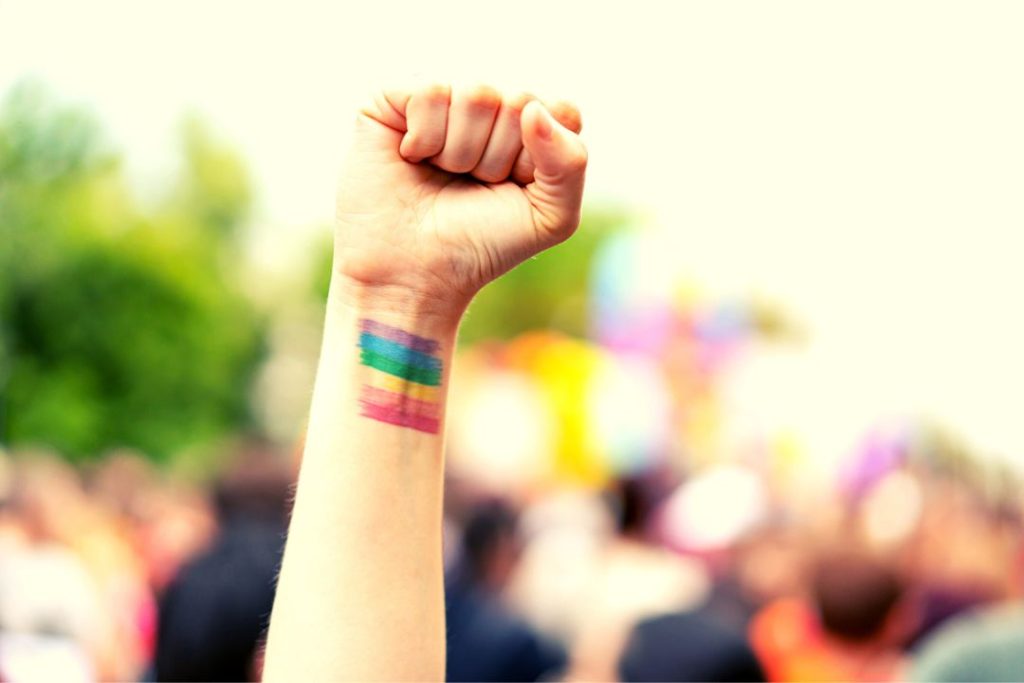
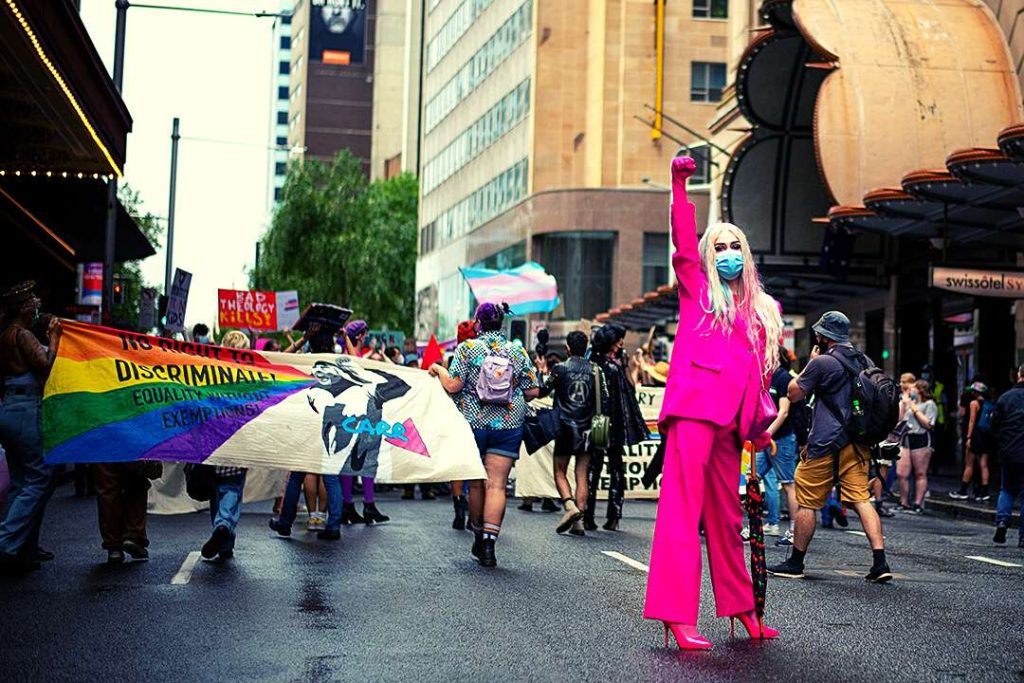
The legalization of equal marriage and other advances in LGBT+ rights in Spain
In Spain, the legalization of equal marriage was an important advance in the fight for LGBT+ rights. In 2005, Spain became the third country in the world to legalize same-sex marriage, after the Netherlands and Belgium. This allowed same-sex couples to have the same rights and responsibilities as heterosexual couples, including the adoption of children.
In addition to the legalization of marriage equality, steps have also been taken to protect LGBT+ people against discrimination in employment and housing. In 2007, a law against discrimination in employment was passed, and a law protecting LGBT+ people against discrimination in housing.
However, although steps have been taken to protect LGBT+ rights in Spain, there are still challenges to overcome. Although discrimination based on sexual orientation is illegal in Spain, cases of discrimination and violence against LGBT+ people are still reported. In addition, the trans community in Spain still faces significant challenges, including lack of access to adequate health services and discrimination in employment and education.
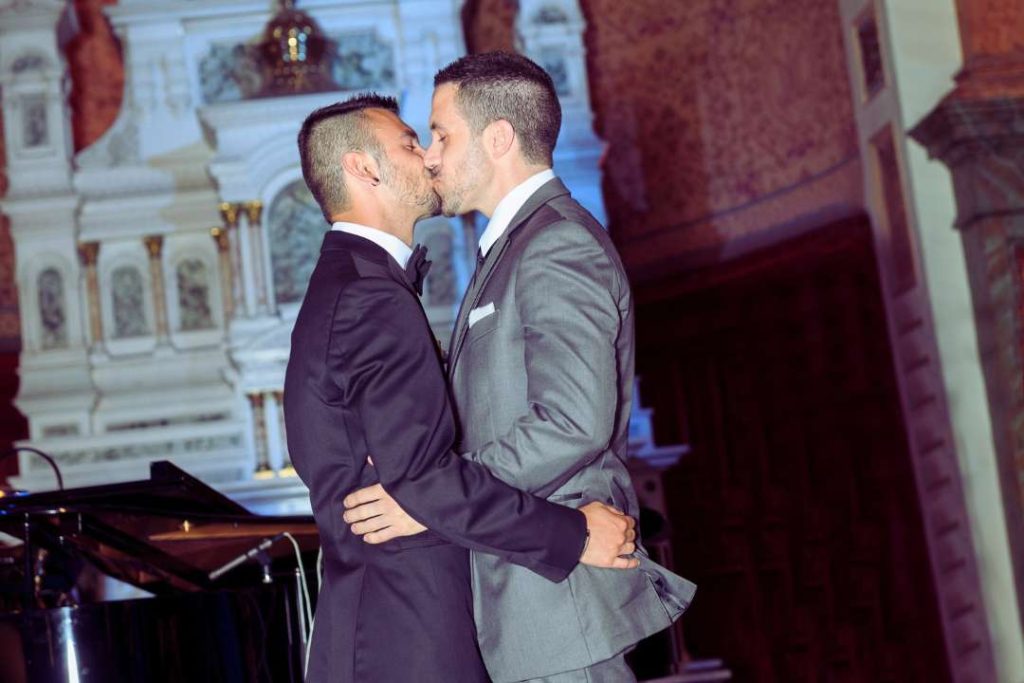
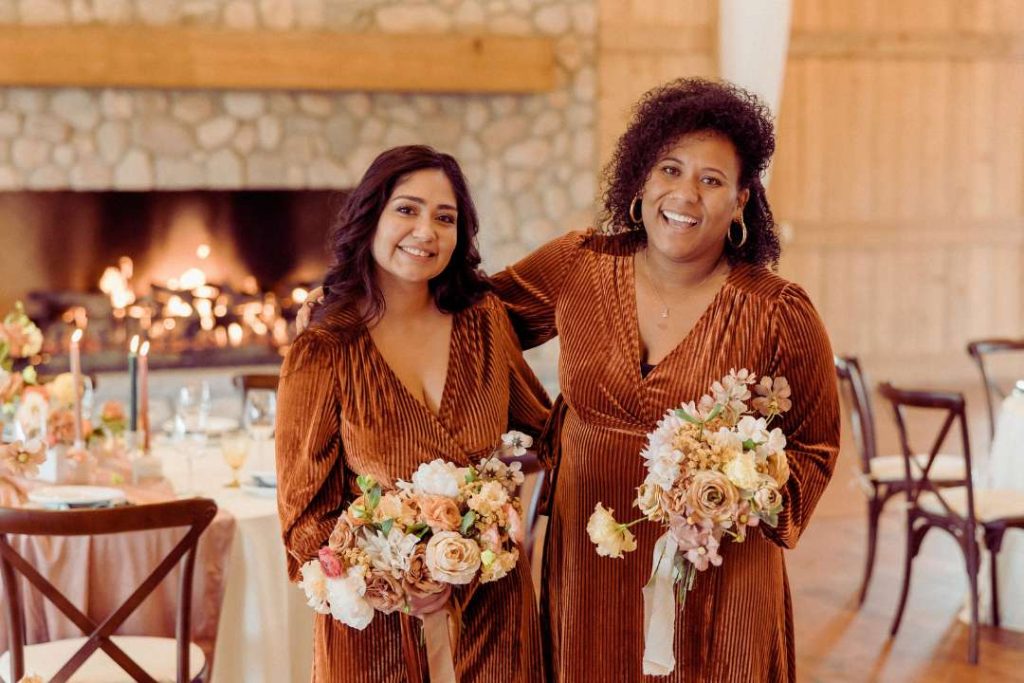
Gay Pride Day in Madrid
Madrid Gay Pride is an annual celebration that takes place in the Spanish city to commemorate the struggle of the LGBTQ+ rights movement and promote visibility and acceptance within the community. It is named by locals Orgullo Madrid o Mado. The first gay pride demonstration in Madrid took place in 1978 and since then it has become one of the most important events on the city’s calendar.
The main event of Madrid’s gay pride is the pride parade, which is held in the month of July and attracts thousands of people from all over the world. The parade is a demonstration full of color and joy that runs through the streets of central Madrid and ends in the Chueca neighborhood, which is an important center of LGBTQ+ culture in the city. The parade is filled with floats with music and rainbow flags, and is followed by a large number of people who participate in the celebration.
In addition to the pride parade, the event includes a series of gay pride-related activities and events at different points in the city. These include concerts, parties, art exhibitions, and conferences. There are also a number of smaller, more intimate events held in bars and clubs around the city.
Gay pride in Madrid is a very important celebration for the city’s LGBTQ+ community and it is a time to show your pride and claim your rights. It’s also an opportunity for people of all backgrounds and sexual orientations to come together and support the cause. The pride parade and related events are an expression of diversity and acceptance, and an opportunity for everyone to feel included and valued.
